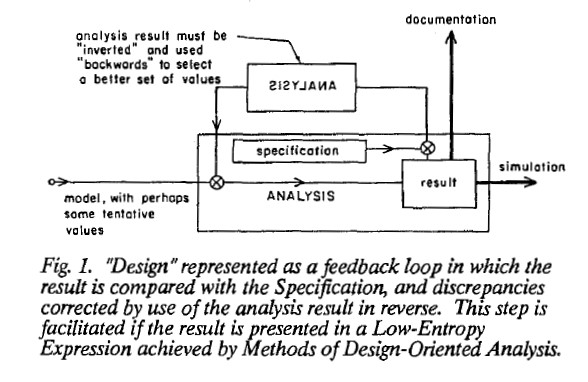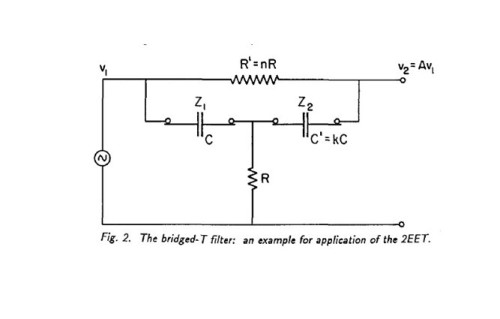Video Presentation of The General Feedback Theorem (GFT)
By Dr. R. D. Middlebrook - February 14, 2020
Published with the permission of Dr. Middlebrook's estate.
The General Feedback Theorem (GFT): A Final Solution for Feedback Systems
Are you an analog or mixed-signal design engineer or a reliability engineer? Are you a manager, a design-review committee member, or a systems integration engineer?
Did you "fall of a cliff" when in your first job you discovered that the analysis methods you learned in college simply don't work?
There is help available. Design-Oriented Analysis (D-OA, don't forget the hyphen!) is a paradigm based on the recognition that Design is the Reverse of Analysis, because the answer to the analysis is the starting point for designs.
Conventional loop or node analysis leads to a result in the form of a "high entropy expression" which is a ration of sums of products of the circuit elements. The more loops or nodes, the greater the number of factors in each product. By common experience, we know that we will sink into algebraic paralysis beyond two or three loops or nodes. Such an analysis result is useless for design.
In contrast, analysis results need to be derived in the form of “low entropy expressions” in which elements, such as impedances, are arranged in ratios and series‐parallel combinations, and not multiplied out into sums of products. This is the most important principle of Design‐Oriented Analysis, whose objective is to enable a designer to work backwards from an analytic result and change element values in an informed manner in order to make the answer come out closer to the desired result (the Specification). Design‐Oriented Analysis is the only kind of analysis worth doing, since any other is a waste of time.
There are many methods of D‐OA, some of them little more than shortcuts or tricks, but here the spotlight is on a new approach to analysis and design of feedback systems, based on the General Feedback Theorem (GFT).
A typical analysis procedure followed by designers, and integration and reliability engineers, is to throw the whole circuit into a simulator and see what it does, possibly including attempts to measure the loop gain as well as external properties. The design phase may consist of little more than tweaking and sensitivity simulations.



